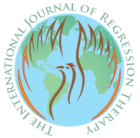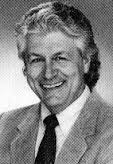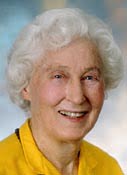In Search of the Mother Through Time: An Unusual Case of Healing Involving Past-Life Regression, Spirit Releasement, and the Love of a Mother – J. Mancini (Is.30)
by Joseph Mancini, Jr., Ph.D., CCHt
 An exhausted mother comes to the hypnotherapist for help for her six-year-old son, who is beset with multiple physical symptoms and complains of something’s clinging to him at bedtime. The hypnotherapist suspects that the child is suffering from the consequences of an attached spirit, that is, a ghost who had not gone into the Light after death. Though the hypnotherapist does not work with children, he intuits that the mother is somehow involved in the attachment. And, indeed, she is; for when the hypnotized mother does a scan of the boy’s etheric body, she discovers that the spirit is another son, this one from a past-life, who has been looking for her for … Read the rest
An exhausted mother comes to the hypnotherapist for help for her six-year-old son, who is beset with multiple physical symptoms and complains of something’s clinging to him at bedtime. The hypnotherapist suspects that the child is suffering from the consequences of an attached spirit, that is, a ghost who had not gone into the Light after death. Though the hypnotherapist does not work with children, he intuits that the mother is somehow involved in the attachment. And, indeed, she is; for when the hypnotized mother does a scan of the boy’s etheric body, she discovers that the spirit is another son, this one from a past-life, who has been looking for her for … Read the rest




